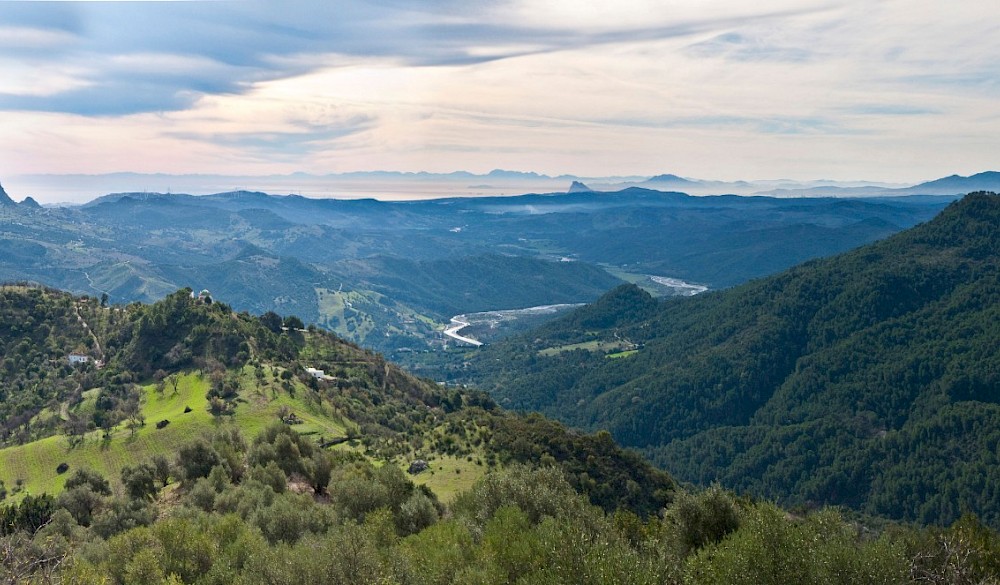The Costa del Sol is renowned for its vibrant tourism industry, which significantly impacts the region's real estate market. Here’s an in-depth analysis of how tourism influences property trends, investments, and market dynamics.
Introduction
Tourism is a driving force in the Costa del Sol, transforming it into one of Spain's most sought-after destinations. This influx of visitors significantly shapes the real estate market, affecting demand, property values, and investment opportunities. Understanding these dynamics is crucial for investors, homeowners, and policymakers. This comprehensive blog will explore the multifaceted impact of tourism on Costa del Sol's real estate market, covering key trends, insights, and future predictions.
1. Increased Demand for Rental Properties
Trend:
The influx of tourists creates a high demand for rental properties, both short-term and long-term. This demand drives the real estate market, making rental investments particularly lucrative.
Key Insights:
-
Short-Term Rentals: Vacation homes and apartments see high occupancy rates during peak tourist seasons. Tourists prefer renting villas and apartments over hotels for the privacy, space, and often, the cost-effectiveness they offer.
-
Long-Term Rentals: Expatriates, digital nomads, and seasonal workers also contribute to the demand for long-term rental properties. The pleasant climate and relaxed lifestyle attract many who choose to stay for extended periods.
Economic Impact:
The revenue generated from rental properties significantly boosts the local economy. Property owners benefit from lucrative rental yields, especially during the high tourist seasons.
Case Study:
Consider Marbella, where short-term rental demand peaks during summer. Property owners report occupancy rates of over 90%, with rental yields significantly higher than in other seasons.
Internal Link:
For more on the robust rental market, see Robust Rental Market in Costa del Sol.
2. Development of Luxury Accommodations
Trend:
The desire for luxurious stays among affluent tourists boosts the development of high-end properties. Luxury villas, beachfront apartments, and upscale resorts are increasingly popular.
Key Insights:
-
High-End Developments: Projects like Marein Village 15 and Ayana Estepona cater to this demand, offering exclusive amenities and prime locations. These properties are equipped with state-of-the-art facilities, private pools, and direct beach access, appealing to wealthy tourists.
-
Investment Security: Luxury properties are seen as stable investments with potential for high returns. The consistent demand from affluent visitors ensures these properties remain valuable.
Economic Impact:
The development of luxury accommodations not only attracts high-spending tourists but also creates job opportunities in construction, hospitality, and maintenance sectors.
Internal Link:
To explore luxury property trends, check out Sustained Demand for Luxury Properties.
3. Boost to Property Values
Trend:
Tourism positively impacts property values, especially in prime locations. The continuous influx of visitors enhances the appeal and marketability of real estate in tourist-heavy areas.
Key Insights:
-
Property Appreciation: Areas like Marbella, Fuengirola, and Benalmádena see significant property value appreciation. Properties in these areas are highly sought after, driving prices up.
-
Economic Stability: The thriving tourism industry provides economic stability, supporting sustained property value growth. Investors feel more secure knowing the local economy is bolstered by a steady stream of tourists.
Economic Impact:
Rising property values benefit homeowners through increased equity. Additionally, higher property taxes collected by local governments can be reinvested into community services and infrastructure.
Case Study:
Fuengirola has seen property prices rise by an average of 5% annually over the past decade, largely due to its popularity among tourists and expatriates.
Internal Link:
For insights into market appreciation, read Future Predictions for Costa del Sol’s New Home Market.
4. Investment Opportunities
Trend:
Tourism creates a wealth of investment opportunities in the real estate sector. Investors are attracted to the potential for high rental yields and capital appreciation.
Key Insights:
-
Diversified Investments: Opportunities range from holiday rentals to boutique hotels and luxury resorts. Investors can choose from a variety of property types to suit their investment strategies.
-
Market Confidence: The steady flow of tourists boosts investor confidence, ensuring a dynamic and resilient real estate market. High occupancy rates and strong rental demand make Costa del Sol a preferred destination for real estate investors.
Economic Impact:
Investment in real estate contributes to economic growth by creating jobs in construction, real estate services, and tourism-related businesses.
Internal Link:
Explore more about investment potential in New Homes in Fuengirola and Top New Developments in Benalmádena.
5. Development of New Infrastructure
Trend:
The tourism boom necessitates the development of new infrastructure, which in turn enhances the real estate market. Improved transportation, healthcare, and recreational facilities make the Costa del Sol more attractive to buyers.
Key Insights:
-
Transport Links: Expansion of airports, highways, and public transport enhances connectivity. Projects like the extension of the Málaga-Costa del Sol Airport and improvements to the AP-7 motorway facilitate easier access to the region.
-
Community Amenities: Development of shopping centers, parks, and healthcare facilities boosts the livability of the region. High-quality amenities attract both tourists and long-term residents, increasing property desirability.
Economic Impact:
Infrastructure development not only supports tourism but also improves the quality of life for residents. This, in turn, enhances the attractiveness of the region for real estate investment.
Case Study:
The recent expansion of Málaga Airport has significantly increased its capacity, welcoming more international flights and boosting tourism.
6. Impact on Local Communities
Trend:
Tourism significantly influences local communities, affecting everything from employment to cultural preservation.
Key Insights:
-
Employment: Tourism creates numerous jobs in hospitality, retail, and real estate sectors. This boosts local economies and provides livelihoods for residents.
-
Cultural Preservation: The influx of tourists encourages the preservation of local culture and traditions, as these become selling points for the destination.
Economic Impact:
The positive economic impact of tourism is evident in increased local spending and investment in community projects. However, it also necessitates careful management to avoid over-tourism and its potential negative effects.
Case Study:
In towns like Nerja, local festivals and cultural events are promoted to tourists, helping preserve traditional practices while boosting the local economy.
7. Future Trends and Predictions
Trend:
Looking ahead, several trends are likely to shape the future of Costa del Sol’s real estate market.
Key Insights:
-
Sustainable Tourism: There is a growing emphasis on sustainable tourism practices. Real estate developers are increasingly incorporating eco-friendly features into their projects.
-
Digital Nomads: The rise of remote work is likely to attract more digital nomads to the region, further boosting long-term rental demand.
-
Technology Integration: Smart home technologies and digital marketing strategies are becoming more prevalent in the real estate market.
Economic Impact:
These trends indicate a promising future for Costa del Sol’s real estate market, with continued growth and adaptation to new demands.
Internal Link:
For future market trends, see Future Predictions for Costa del Sol’s New Home Market.
Conclusion
Tourism plays a crucial role in shaping the Costa del Sol’s real estate market. It drives demand for rental properties, boosts property values, creates investment opportunities, and necessitates the development of new infrastructure. Understanding these dynamics is essential for investors and homebuyers looking to capitalize on the region’s thriving market. Explore the various developments and market trends to make informed decisions in this vibrant real estate landscape.
By recognizing the multifaceted impacts of tourism, stakeholders can better navigate and leverage the opportunities within Costa del Sol’s real estate market, ensuring sustainable growth and economic prosperity for the region.






